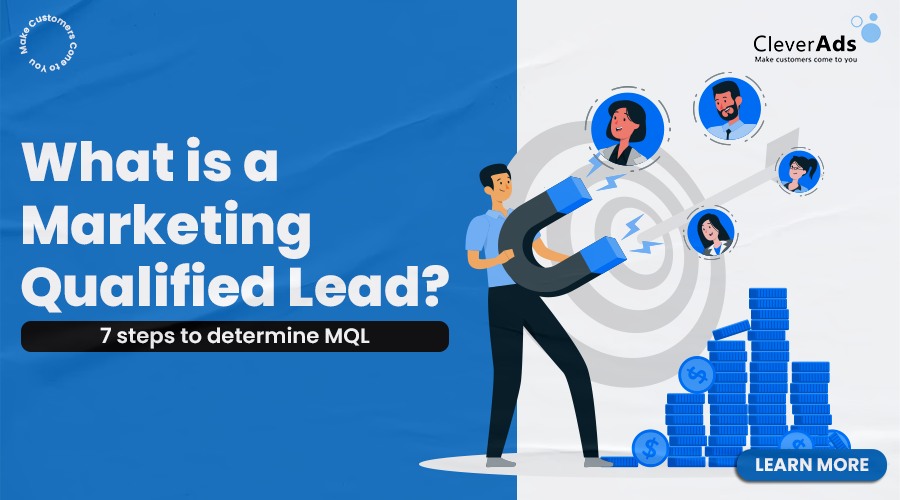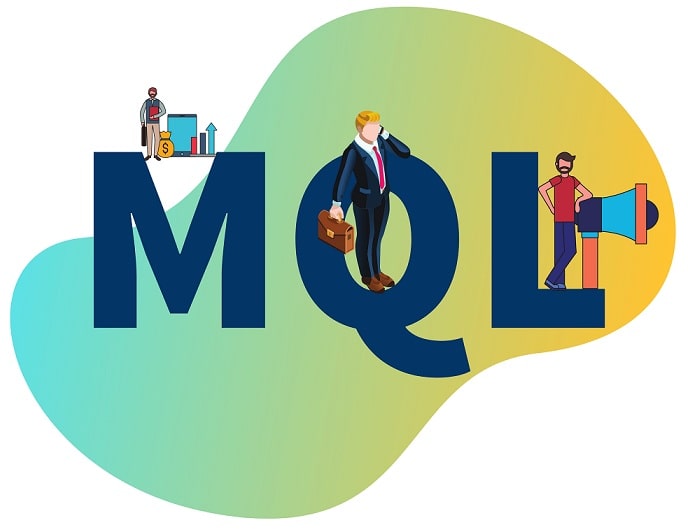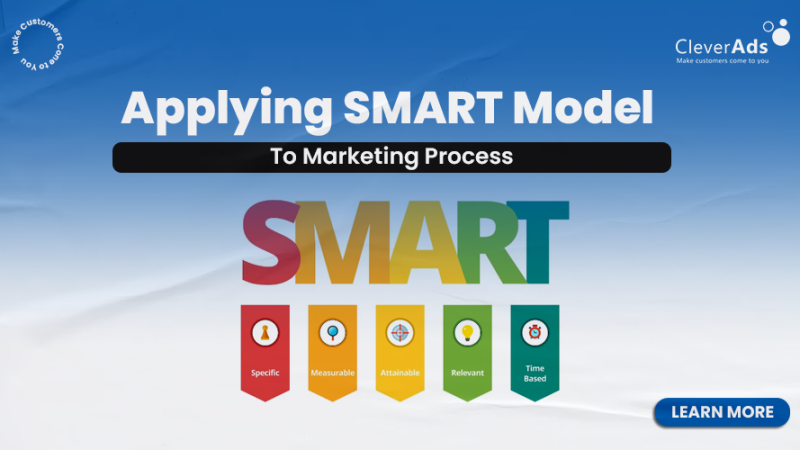What is a Marketing Qualified Lead? 7 steps to determine MQL

Lead in Marketing is the potential customer of the business. This is a piece of fundamental knowledge in building sales and marketing strategies to increase the number of customers of products and services. In particular, marketers are always interested in the question of what is a Marketing Qualified Lead.
1. What is a Marketing Qualified Lead?
1.1. What is Lead?
Lead is understood as someone who shows interest in a brand’s product or service, which turns that person into a potential customer. The main goal of every company is to generate as many leads as possible. Therefore, a company needs to take action to turn potential customers into buyers through content and offers related to products and services.
1.2. Classification of leads in marketing
There are three types of leads in marketing that correspond to the three stages of turning leads into actual customers. The overall process is clearly shown in the marketing funnel. Potential customers will have other characteristics at each location and need distinct marketing strategies.
- Information-qualified leads (IQL): These leads are in the early stages of the customer journey. This subject needs to learn about the product, service, and company. The company should provide helpful content on topics of interest to the audience in exchange for personal data such as name, email address, location, etc. This type of lead is also known as “cold” lead.”
- Marketing qualified leads (MQL): These leads are in the middle of the marketing funnel. They have a specific interest and level of interaction with a company. For example, after potential customers identify the problem, they often look forward to receiving more information from the company. This type of audience is also known as a “warm lead.”
- Sales qualified lead (SQL): This object sits at the bottom of the marketing funnel and represents a ready-to-buy status. Usually, they are researched and evaluated by the marketing department, then transferred to the sales department to provide products and services. They are also known as “hot leads.”
1.3. Marketing Qualified Lead example
Marketing Qualified Leads have shown an interest in making a purchase. They are open to selling and have taken the first step to engage with the business without making a purchase. While marketing efforts can bring in leads, the leads’ behavior drives marketers to consider them an MQL. They perform some interactive actions to learn more about products or services.
Examples of Marketing Qualified Lead’s actions:
- Download or use a trial version of a product or service
- Fill out online forms
- Send email address to receive news, updates
- Add products and services to favorites
- Add item to cart
- Repeat site visits or spend much time on the site
- Click on the ad to get to know your site
- Contact you to request more information

The examples above represent some of the most common, but not all, actions.
The best way to identify qualified leads for a business depends on much other information, such as lead scoring, metrics analysis, product distribution, and demographics. However, this is the first step to finding ready leads and weeding out those who have yet to show a commitment to buy.
2. 7 Steps to Define a Marketing Qualified Lead
2.1. Understanding Marketing Qualified Lead and building a general idea
Sales and marketing had to work together to develop this idea. Marketing departments often focus on each stage of the customer journey. Although it is beneficial, sales departments rarely adopt or agree with them. With a unified plan from both sides for potential customers at each stage, Marketing Qualified Leads will be of little help to businesses.
2.2. Start with your existing customer demographics
Define the target audience. Refer to target shopper demographics regarding their personal information and buying journey.
2.3. Get feedback from the sales department
When determining a Marketing Qualified Lead, it would be better to talk to the sales department: “What is the right lead for you?” or “Which lead is easiest for you to connect with and evaluate?”. This does not mean that the marketing department will only recognize these leads, but it is also essential to identify information that the sales department is willing to work with.
2.4. Identify demographics and qualifications
Use information from customer databases. Demographics and qualifications typically include industry, company size, location, and role, but it’s a good idea to have anything that fits your business’s unique goals.
2.5. Research potential customer behavior
Digital footprints indicate the concern and urgency of their issue. By studying buyer behavior, you can develop the behavior that a potential customer will make to purchase. For example, attending a particular webinar might be an action taken by potential customers who want to keep making a purchase. Likewise, people who spend a certain amount of time on a website and return to it multiple times in a day or two may express urgency.

2.6. Predict whether the marketing activity can provide enough Marketing Qualified Leads
If the quality metrics you build are narrow enough, your marketing can provide the sales department with enough leads. This is an integral part of the lead identification phase and requires collaboration between sales and marketing. In some cases, sales will need to accept the idea of a broader MQL to get enough leads.
2.7. Review Marketing Qualified Leads periodically
The sales and marketing departments should meet every quarter to determine if the MQL should be revised. For example, a business can reach a new demographic when launching a new product.
3. Conclusion
Marketing Qualified Leads play an essential role in businesses’ marketing and sales processes. However, once you understand the power of MQL, it’s time to start building your own business.
If your business requires Digital Marketing solutions, contact us at CleverAds for the fastest support!




